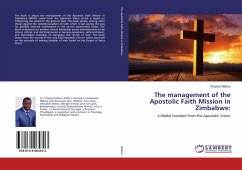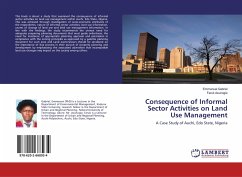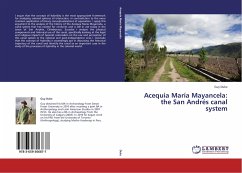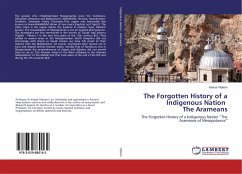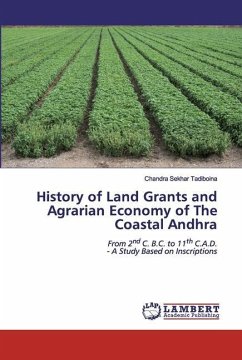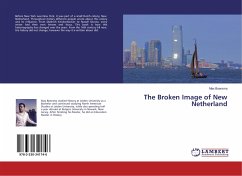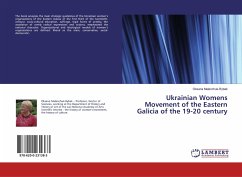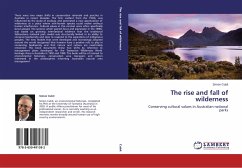
The rise and fall of wilderness
Conserving cultural values in Australian national parks
Versandkostenfrei!
Versandfertig in 6-10 Tagen
42,99 €
inkl. MwSt.

PAYBACK Punkte
21 °P sammeln!
There were two major shifts in conservation rationale and practice in Australia in recent decades. The first, evident from the 1970s, was influenced by the study of ecology, and generated a new appreciation of wilderness as a place where non-human species could evolve without human interference. Cultural values in this context were often specifically down-played. The second, which gained focus and expression in the 1990s, was based on growing international evidence that the traditional Yellowstone national park model was structurally limited in its ability to conserve biodiversity and slow to ...
There were two major shifts in conservation rationale and practice in Australia in recent decades. The first, evident from the 1970s, was influenced by the study of ecology, and generated a new appreciation of wilderness as a place where non-human species could evolve without human interference. Cultural values in this context were often specifically down-played. The second, which gained focus and expression in the 1990s, was based on growing international evidence that the traditional Yellowstone national park model was structurally limited in its ability to conserve biodiversity and slow to respond to the aspirations of indigenous peoples. The new models that were developed and increasingly adopted around the world recognised that humans have a positive role to play in conserving biodiversity and that nature and culture are inextricably entwined. This book documents these two shifts by reference to management plans developed for the Tasmanian Wilderness World Heritage Area in Australia in 1992 and 1999. The book will be of interest to environmental historians, conservation area managers and others interested in the philosophies informing Australian natural area management



